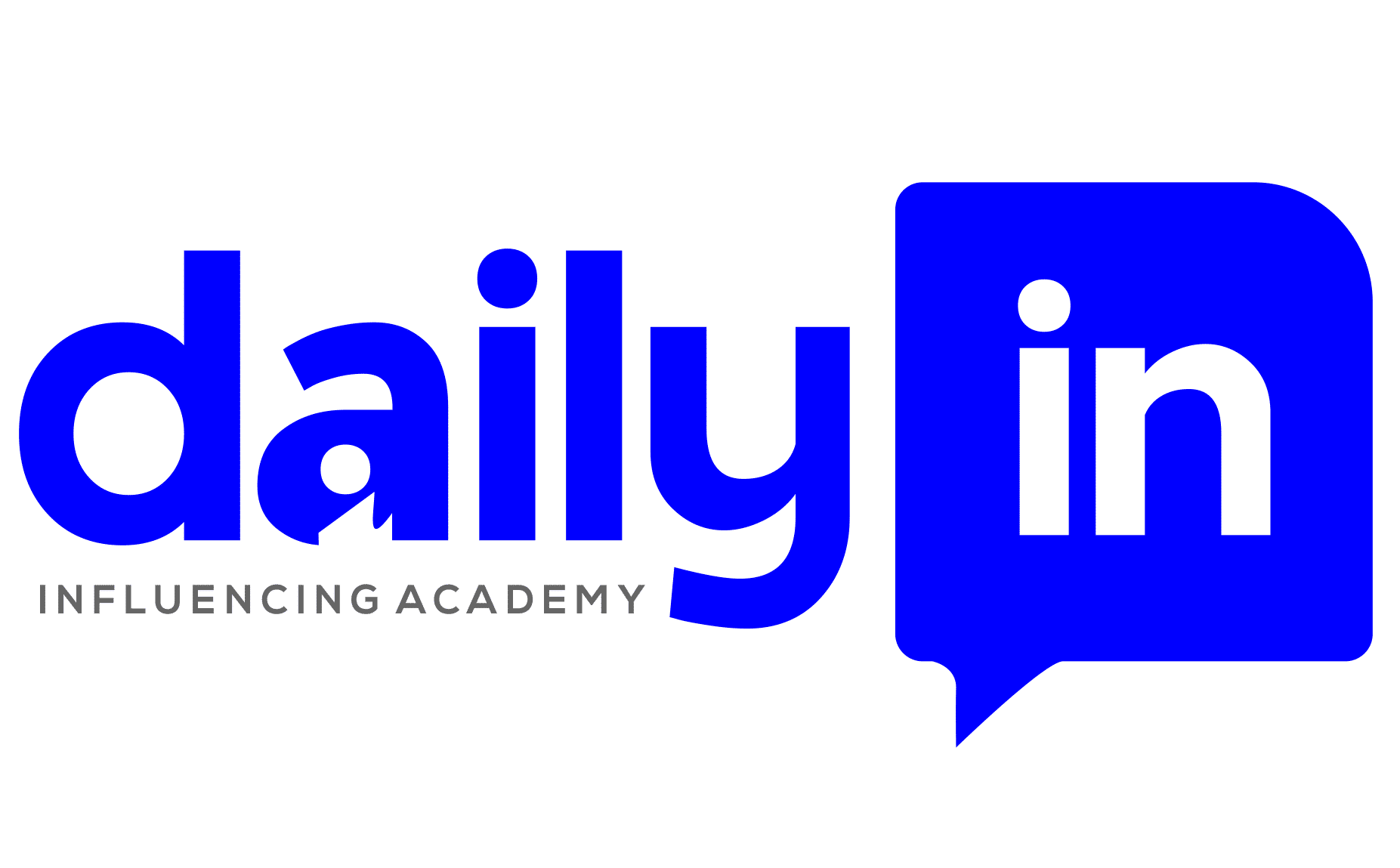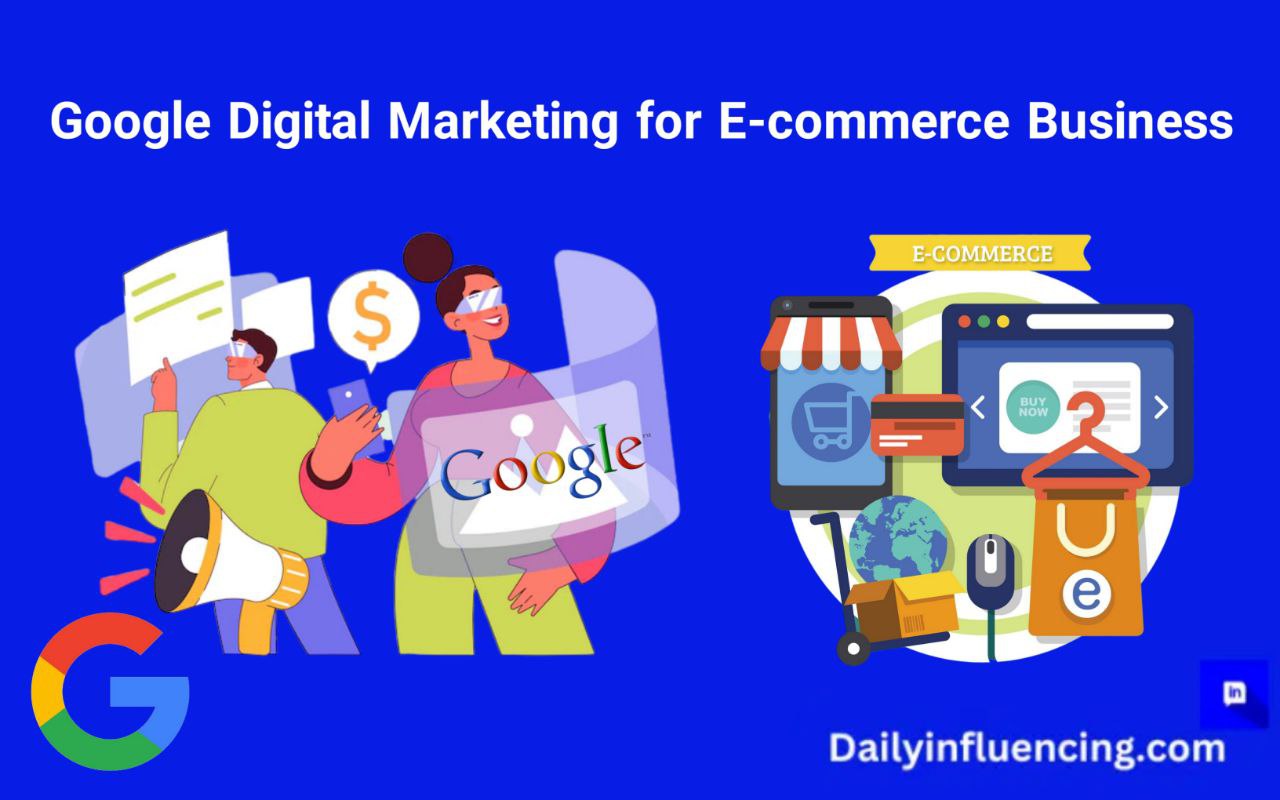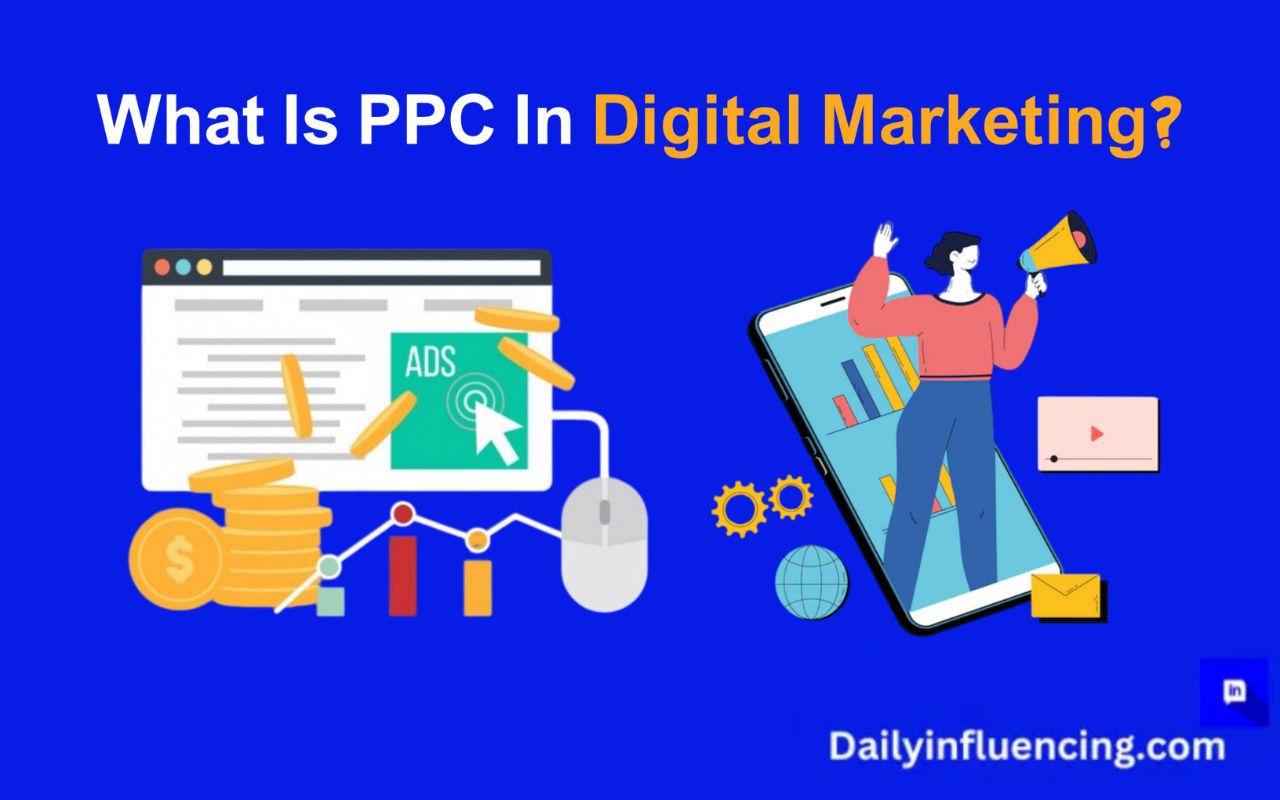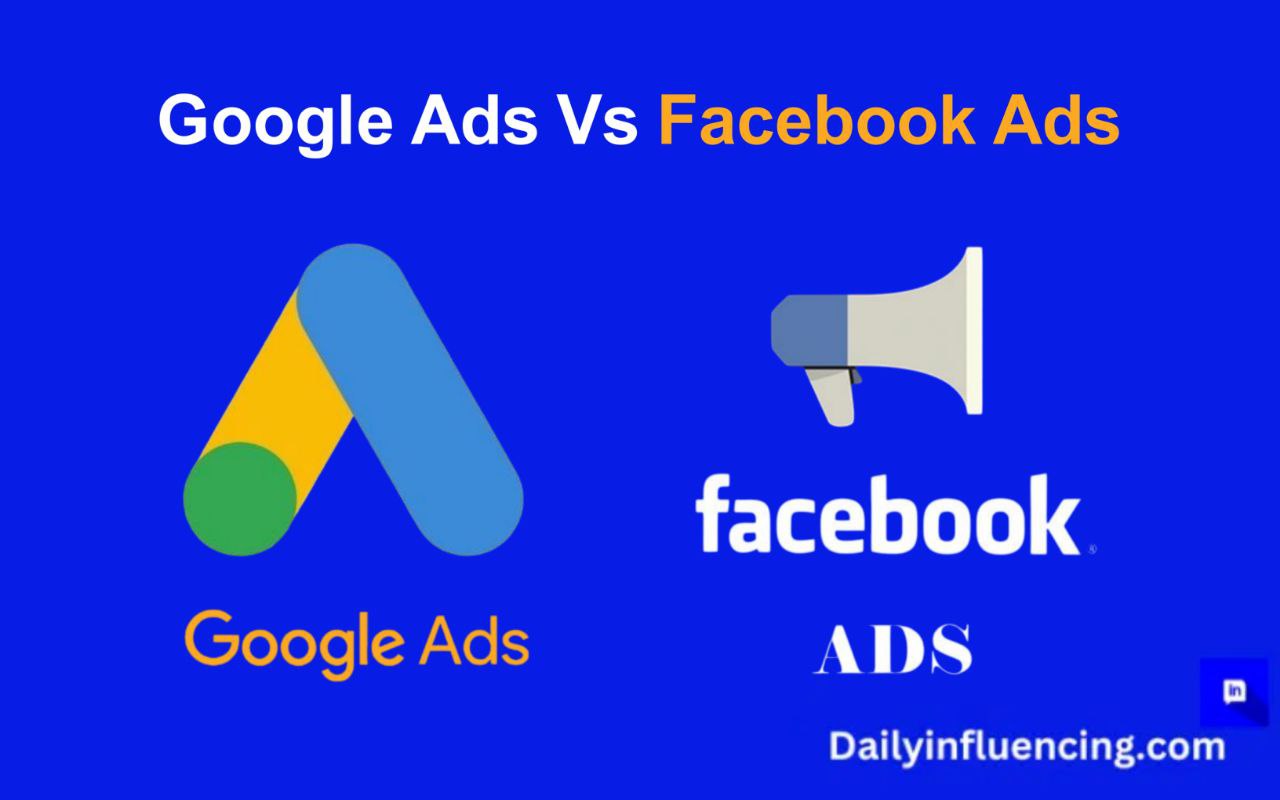
The rate of digital advertising spend hit over $602 billion worldwide in 2023, with Pay Per Click (PPC) advertising claiming 45% of this massive pie.
As businesses battle for digital real estate, traditional advertising methods are being outpaced by data-driven PPC campaigns that deliver measurable results.
But, the harsh reality is that many PPC budgets go to waste due to poor optimization and misunderstanding of core principles.
While countless businesses pour money into PPC campaigns, only a select few truly grasp how to transform clicks into customers.
The important thing to grasp is that PPC isn’t just about paying for ads; it’s about investing in opportunities. In fact, companies earn an average revenue of $2 for every $1 spent on Google Ads, doubling their investment through savvy PPC campaigns. This statistic showcases the potential ROI that well-executed PPC advertising can deliver.
Whether you’re a marketing veteran or a curious business owner, understanding the mechanics of PPC could be the difference between burning through your budget and achieving remarkable ROI.
This comprehensive guide will explore almost everything you need to know about maximizing your PPC potential in the digital marketplace.
What is Pay Per Click (PPC) Advertising?
At its core, Pay Per Click (PPC) Advertising is a digital marketing model where advertisers pay a fee each time someone clicks on their ad.
Every time you type a query into a search engine and see those sponsored results at the top, you’re witnessing the power of Pay Per Click (PPC) Advertising in action.
Unlike traditional advertising, where you pay upfront regardless of the outcome, PPC ensures you’re only charged for actual engagement. This model makes PPC one of the most cost-effective ways to drive targeted traffic to websites, generate leads, and boost sales. Over 65% of people click on PPC ads when they are ready to make a purchase.
How Does Pay Per Click (PPC) Advertising Work?

Understanding how PPC works is important for leveraging its power effectively. Here’s a breakdown:
Keyword targeting: Advertisers bid on specific keywords relevant to their products or services. For instance, a local bakery might bid on terms like “best cupcakes near me.”
Ad auction: When a user searches for a keyword, an auction takes place. Factors like your bid amount and ad relevance (determined by Quality Score) decide the ad placement.
Quality score: A critical metric assigned by platforms like Google Ads, Quality Score measures your ad’s relevance and quality. Higher scores mean lower costs and better placement.
Payment structure: Advertisers only pay when users click on their ads—hence the term pay-per-click.
The Role of Keywords in Pay Per Click (PPC) Advertising
Keywords are the lifeblood of Pay Per Click (PPC) Advertising. They bridge the gap between what users are searching for and what advertisers are offering. Successful PPC campaigns rely on thorough keyword research, focusing on:
High-Intent keywords: Terms signaling purchase intent, like “buy,” “discount,” or “order online.”
Long-Tail keywords: Phrases with lower competition but high relevance, such as “affordable yoga mats for beginners.”
Negative keywords: Exclusions to avoid irrelevant clicks, like filtering out “free” if you’re promoting premium products.
Types of Pay Per Click (PPC) Advertising
Advertising isn’t a one-size-fits-all solution. There are various types of PPC campaigns, each designed to target specific audiences, platforms, and goals. They include:
1. Search Engine Advertising
Search Engine Advertising is the most popular form of Pay Per Click (PPC) Advertising, commonly associated with Google Ads (formerly AdWords).
Google Ads: As the leading PPC platform, Google Ads allows businesses to bid on keywords to appear in search results. When users search for specific terms, your ad can appear at the top, ensuring high visibility.
Bing Ads: Although Bing has a smaller market share than Google, its lower competition and cheaper CPC make it an attractive alternative.
Search engine advertising is ideal for reaching users actively looking for specific products or services, making it a powerful tool for capturing high-intent customers.
2. Display Advertising
Display Advertising uses visual banners or images to engage users as they browse websites across the Google Display Network and other online spaces. This type of Pay Per Click (PPC) Advertising is known for its visual impact and high reach.
Banner ads: Displayed across websites, banner ads are a great way to capture attention and raise brand awareness.
Targeting options: PPC display ads can be highly targeted by demographic, interests, or specific websites, ensuring your ads reach the right people.
Display ads are best for brand visibility and for promoting products or services to people who may not be actively searching but could be interested.
3. Social Media Advertising
Social media has become an important avenue for Pay Per Click (PPC) Advertising, with platforms like Facebook, Instagram, LinkedIn, and Twitter offering unique PPC opportunities.
Facebook and instagram ads: These platforms offer targeting options based on demographics, interests, and behaviors, ideal for engaging a social audience.
LinkedIn ads: Particularly valuable for B2B companies, LinkedIn allows targeting by job title, industry, and professional interests.
With millions of users across social media, these platforms are excellent for engaging diverse audiences and building brand loyalty.
4. Remarketing/Retargeting
Remarketing, also called retargeting, is a form of Pay Per Click (PPC) Advertising that displays ads to users who have previously visited your site or engaged with your brand.
Through tracking cookies, remarketing ads follow users around the internet, reminding them of your products or services.
Since it targets users who already showed interest, remarketing often leads to higher conversion rates.
5. Shopping Ads
Shopping Ads are essential for e-commerce businesses. These ads display images, prices, and descriptions of products directly in search results, giving shoppers a preview before they click.
Google Shopping: By showcasing product details in search results, Google Shopping ads improve user experience and often lead to higher click-through rates for e-commerce brands.
Direct purchase intent: Shopping ads attract high-intent customers, making them effective for increasing online sales.
| PPC Type | Best For |
| Search Engine Ads | High-intent searches |
| Display Ads | Brand awareness |
| Social Media Ads | Engaging audiences on social platforms |
| Remarketing/Retargeting | Re-engaging past visitors |
| Shopping Ads | E-commerce and product sales |
Benefits of Pay Per Click (PPC) Advertising
Pay Per Click (PPC) Advertising offers a wealth of benefits for businesses seeking measurable results and high ROI.
Here’s why PPC is a game-changer in digital marketing:
1. Immediate Results
Unlike SEO, PPC delivers instant visibility. Once your campaign is live, your ads can appear in search results or on platforms like Google and Facebook almost immediately.
2. Highly Targeted Reach
PPC allows precise audience targeting, including demographics, location, keywords, and even time of day. This ensures your ads are seen by people most likely to engage.
3. Cost Control
With PPC, you set your budget and only pay for clicks. The flexibility of PPC lets businesses of all sizes run effective campaigns, scaling spending based on performance.
4. Measurable Performance
PPC provides detailed metrics such as click-through rate (CTR), conversions, and ROI. These insights make it easy to refine campaigns for better results.
5. Complements SEO
While SEO builds organic visibility over time, PPC ensures immediate traffic. Together, they form a powerful strategy to dominate search results.
By leveraging the unique benefits of Pay-Per-Click (PPC) Advertising, businesses can achieve faster growth and better-targeted results.
Challenges and Risks of Pay Per Click (PPC) Advertising
While Pay Per Click (PPC) Advertising offers significant benefits, it comes with its share of challenges and risks
1. Increasing Competition
One of the biggest challenges in PPC is the growing competition across industries. Popular keywords often have high bids, making it expensive for businesses, especially smaller ones, to secure top ad placements.
As more advertisers enter the space, the cost-per-click (CPC) for competitive terms continues to rise.
To combat this, businesses must focus on niche or long-tail keywords and continuously optimize their campaigns.
2. Budget Overruns
PPC campaigns can drain your budget quickly if not managed properly. Without setting clear limits, businesses risk overspending on clicks that don’t convert.
Automated bidding strategies, while useful, can sometimes lead to higher-than-expected costs. Regular monitoring and a well-defined budget are essential to avoid this pitfall
.
3. Click Fraud
Click fraud occurs when bots or competitors intentionally click on your ads to exhaust your budget without genuine interest in your offerings.
While platforms like Google Ads implement measures to detect and prevent fraudulent clicks, some cases can slip through. Using specialized click fraud detection tools and monitoring campaign data closely can mitigate this
4. Ad Fatigue
When audiences see the same ad repeatedly, they may become desensitized or even annoyed, leading to a decline in click-through rates (CTR). This phenomenon, known as ad fatigue, can reduce the effectiveness of your campaigns over time.
Rotating your ad creatives and regularly testing new formats can help maintain engagement and relevance.
5. Poor Keyword Targeting
Targeting the wrong keywords can lead to irrelevant traffic and wasted ad spend. For example, broad match keywords may attract clicks from users with unrelated search intents.
Effective keyword research, coupled with the use of negative keywords, ensures your ads reach the right audience.
6. Low Conversion Rates
Driving traffic is only half the battle; converting that traffic into leads or sales is the ultimate goal. If your landing pages are poorly designed or fail to deliver on the promises made in your ads, you risk losing potential customers.
Ensuring a seamless user experience and optimizing landing pages are key to improving conversion rates.
7. Platform Dependence
Relying heavily on a single platform, such as Google Ads, poses a risk. Algorithm updates or policy changes can disrupt your campaigns and impact performance.
Diversifying your PPC efforts across multiple platforms like Bing Ads, Facebook, or LinkedIn can reduce dependency and spread risk.
Pay Per Click (PPC) vs. Search Engine Optimization (SEO): The Key Differences
Pay Per Click (PPC) Advertising and Search Engine Optimization (SEO) are two pillars of digital marketing, each with its own strengths and limitations. Understanding their differences will help businesses craft a balanced strategy that maximizes online visibility and ROI.
1. Speed of Results
PPC: Provides immediate results. Once a campaign is live, ads start appearing at the top of search results or across targeted platforms. This makes PPC ideal for time-sensitive promotions or quick market entry.
SEO: A long-term strategy. It can take months to build organic rankings, but the results are sustainable and cost-effective over time.
PPC wins for speed, while SEO is better for building a lasting online presence.
2. Cost Structure
PPC: You pay for every click, and costs can vary based on keyword competition. While PPC delivers measurable ROI, the ongoing cost can add up, especially in competitive industries.
SEO: The primary cost is time and resources. Once rankings improve, organic traffic flows without direct costs for clicks.
SEO is more cost-efficient in the long run, but PPC offers precision and scalability.
3. Targeting Options
PPC: Offers unmatched targeting flexibility. Advertisers can tailor campaigns by location, demographics, keywords, time of day, and even user behavior.
SEO: Relies on optimizing content to match search queries. While it provides broad visibility, it lacks the granular control that PPC offers.
PPC excels in precise audience targeting.
4. Click-Through Rates (CTR) and Credibility
PPC: Paid ads can appear prominently, but some users skip them, preferring organic results due to their perceived credibility.
SEO: Organic results often have higher CTRs and are trusted more by users, leading to better engagement over time.
SEO wins in terms of user trust and credibility.
Conclusion
PPC and SEO are not mutually exclusive. In fact, combining them can yield powerful results. PPC provides instant visibility while SEO builds authority over time.
Together, they help businesses dominate both paid and organic search spaces.




